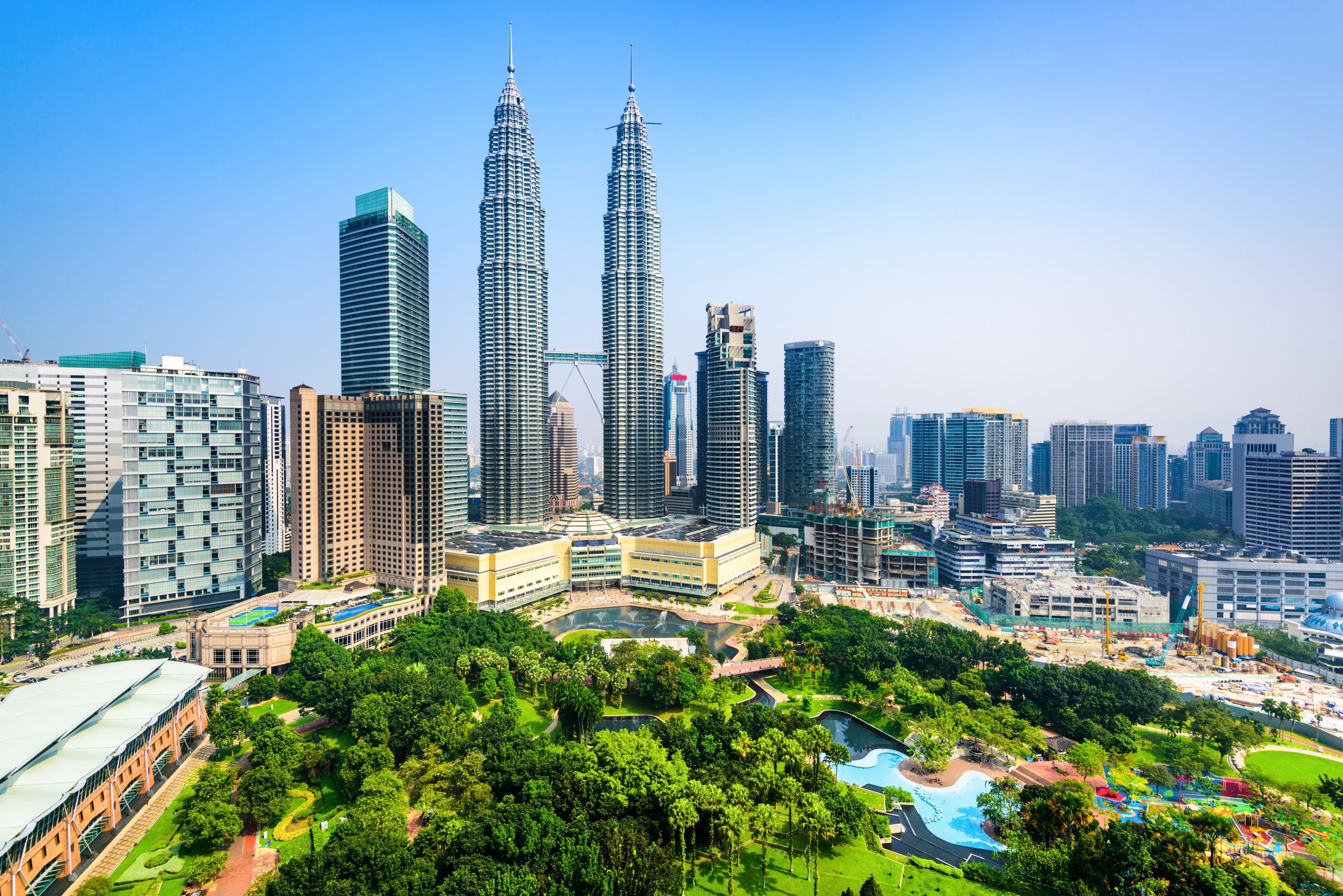Exploring The Croatian Need for the Zlobin Pipeline to Transport Hydrogen

Plinacro has started the construction of the Zlobin – Bosiljevo gas pipeline, an investment of 155 million euros that will increase the gas transport capacity from the LNG terminal from 2025, and the pipes it is laying will also be ready for the transport of hydrogen in a greener future.
Or, as Plinacro answered for FORBES Croatia, “the gas pipeline will be ready for the future in order to enable its long-term sustainability by future conversion for sustainable fuels”.
They explain that when the sources of hydrogen production and the market conditions for its consumption are developed, the pipeline will be capable of transporting it “which means it will be able to operate with 100 percent pure hydrogen.”
Gas pipeline Zlobin-Bosiljevo – ready for hydrogen
Technically speaking, that means it will be constructed of steel tubing that complies with the ASME standard for hydrogen piping, they told us. We also asked how much more expensive it is to prepare gas pipelines for hydrogen than “ordinary” pipes, but we did not get an answer to that.
As it was said during the ceremonial opening of the works on the Zlobin-Bosiljevo gas pipeline, which was also attended by Prime Minister Andrej Plenković, this section is the first phase of the expansion of the Croatian gas transportation system towards Slovenia and Hungary.
We asked the experts what they think about the fact that the gas pipeline in Croatia is already being prepared for the transport of hydrogen.
A rational decision, but the question is when the hydrogen comes
“The question is when hydrogen will arrive, but everyone who is now building gas pipelines in Europe is also preparing them for that,” Neven Duić from Zagreb’s Faculty of Mechanical Engineering and Shipbuilding tells us, considering it a rational decision.
He adds that we are currently witnessing the second phase of “hype” about hydrogen in the EU, and the first was about twenty years ago. “Croatia has to build that gas pipeline to transport gas from the LNG terminal, in order to supply part of Europe, but it makes no sense to lay pipes that are not suitable for hydrogen now,” he concludes.
But, he says, “green hydrogen” – that which is produced from electricity obtained from renewable sources – will only be available when we have enough surplus green electricity.
2030 brings tough and ambitious targets
The goal in the EU, notes Duić, is that after 2030 the so-called grey hydrogen that is now used by industry (produced from natural gas) is gradually replacing the so-called green hydrogen. Currently, two industries are the biggest consumers of gray hydrogen, namely the producers of artificial fertilizers and oil refineries, and 2 percent of the final energy consumption in the EU is made up of gray hydrogen.
In addition to those two industries, says Duić, the goal is for ironworks and steelworks to consume green hydrogen, while synthetic kerosene would be used for long-haul aviation and ship transport (it would be obtained with the help of green hydrogen).
Of course, the question is where the green hydrogen will come to Croatia, that is, where it will be produced. Duić says that in the future it can be produced, for example, in Istria (where there should be large amounts of green electricity if Croatia builds offshore wind farms) and then shipped via pipelines to industrial consumers, or green electricity delivered via transmission lines to industrial consumers who will produce green hydrogen yourself.
According to Duić, there are not enough parameters for evaluating what is most profitable, it is too early. However, he believes that it is realistic that Croatia could be an energy exporter, whether it will export electricity or green hydrogen.
The way hydrogen is distributed is also being widely discussed, with some in the sector suggesting vehicles to be the main transporter. However, pipelines shouldn’t be discredited despite the large infrastructure costs.
Byline: Petra Čotić

